Ipomopsis multiflora, Manyflowered Ipomopsis
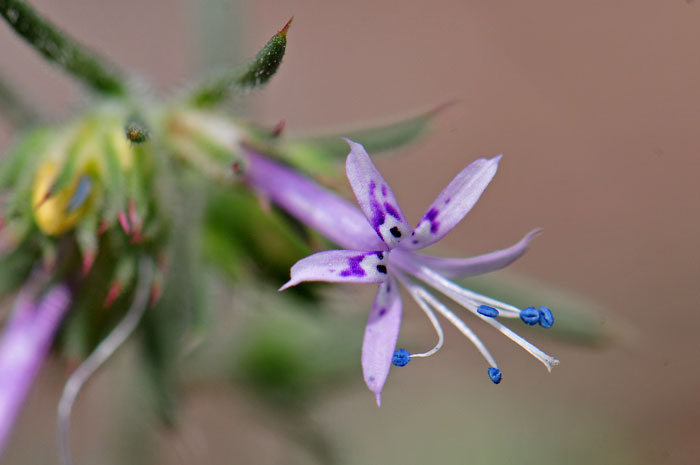
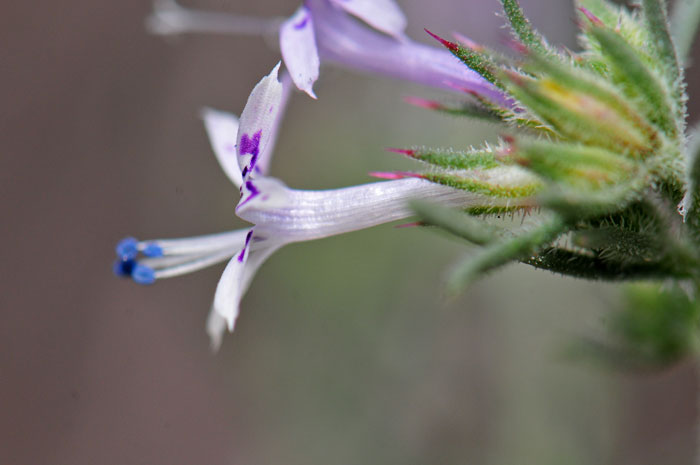
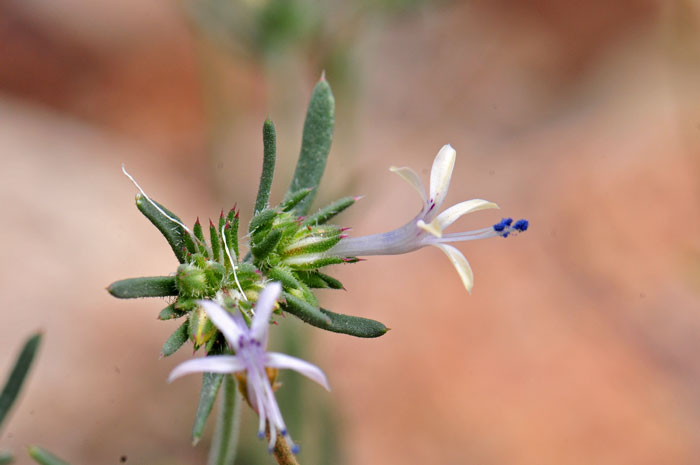
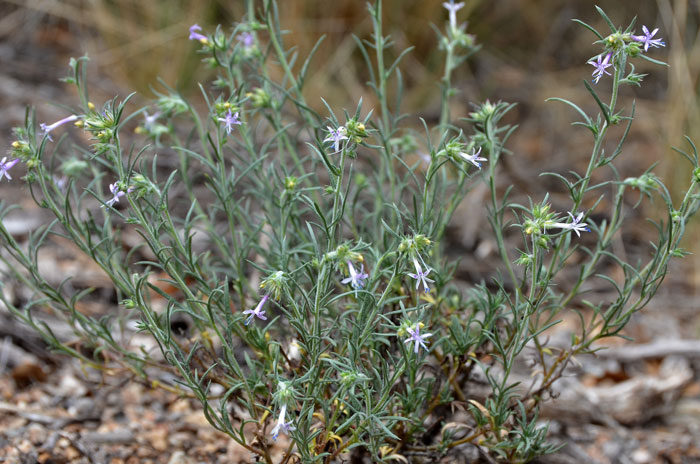
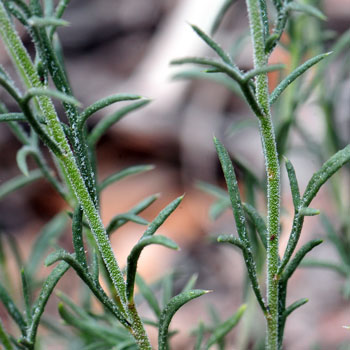
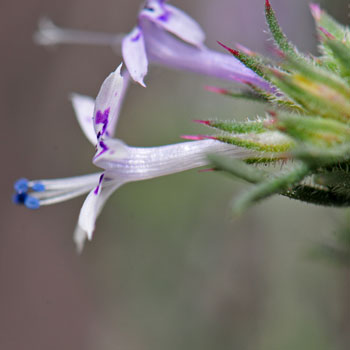
Scientific Name: Ipomopsis multiflora
Common Name: Manyflowered Ipomopsis
Also Called: Many-flower Gilia, Manyflowered Gilia
Family: Polemoniaceae, Jacob’s Ladder or Phlox Family
Synonyms: (Gilia multiflora)
Status: Native
Duration: Perennial
Size: Up to 20 inches more or less.
Growth Form: Forb/herb; single or branched at base, stems pubescent
Leaves: Green; variable from entire to pinnatifid glabrous or with short pilose hairs, lower leaves deeply lobed
Flower Color: pale violet to purplish, purple flecks on flowers; corolla lobes and not equal, stamens inserted in floral tube, anthers extend beyond floral tube, fruit a capsule.
Flowering Season: July to October.
Elevation: 2,000 to 8,500 feet.
Habitat Preferences: Common on dry slopes, open sites, desert shrub-lands, woodlands usually among pines.
Recorded Range: Manyflowered Ipomopsis are found in the far southwest in Arizona, Colorado (marginally) and New Mexico. In Arizona they are found throughout most of the state.
North America & US County Distribution Map for Ipomopsis multiflora.
U.S. Weed Information: No information available.
Invasive/Noxious Weed Information: No information available.
Wetland Indicator: No information available.
Threatened/Endangered Information: No information available.
The Plant List includes 29 accepted species names world-wide for Ipomopsis.
Comments: In Southwest Desert Flora also see Skyrocket, Ipomopsis aggregata, Flaxflowered Ipomopsis, Ipomopsis longiflora and Slendertube Skyrocket, Ipomopsis tenuituba.
Manyflowered Ipomopsis is used as a drug by several North American indigenous peoples; the Navajo used a decoction of plant as a ceremonial medicine, the Zuni made a powder and applied it to the face for headaches, and as a dermatological aid applied to wounds. See ethno-botanical uses at Native American Ethnobotany, University of Michigan, Dearborn.

